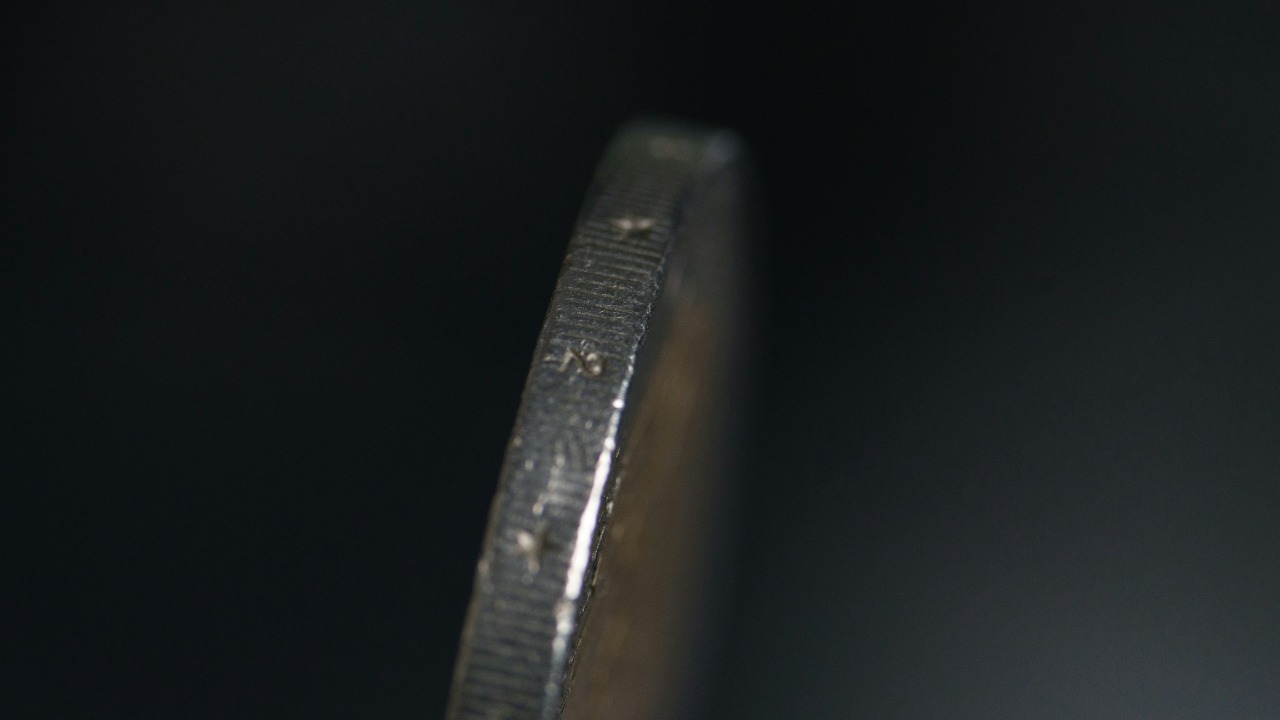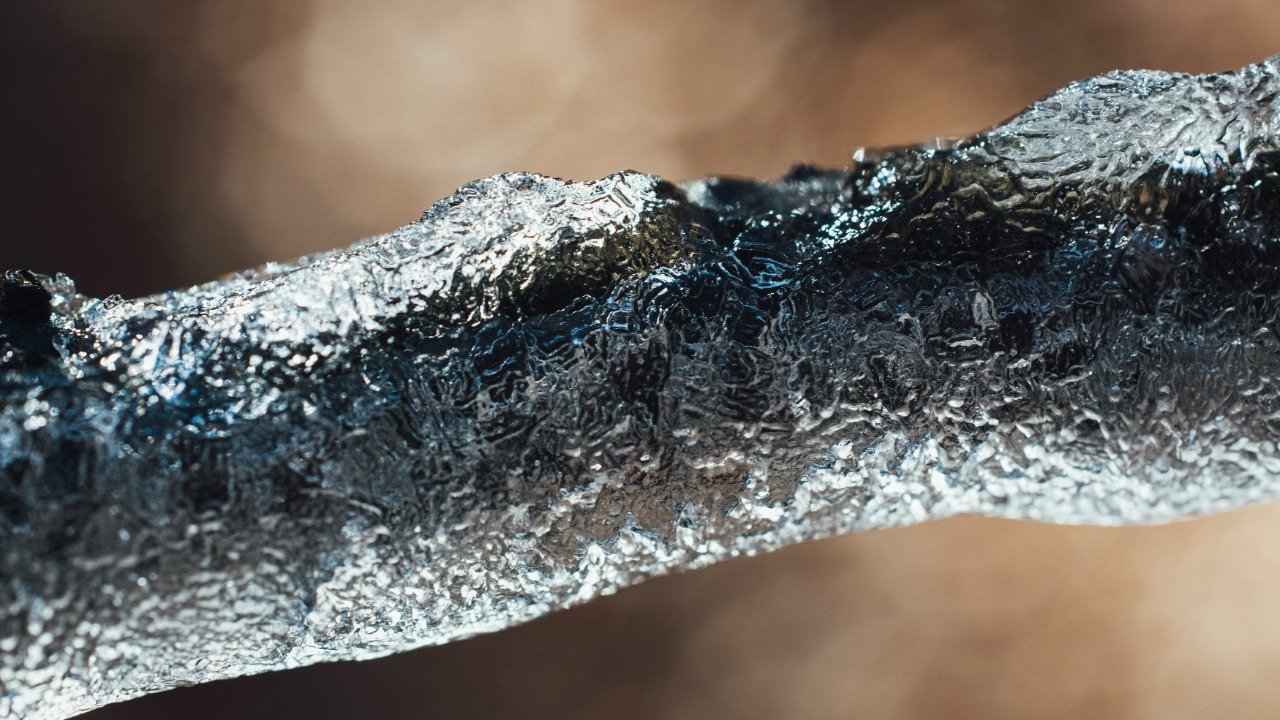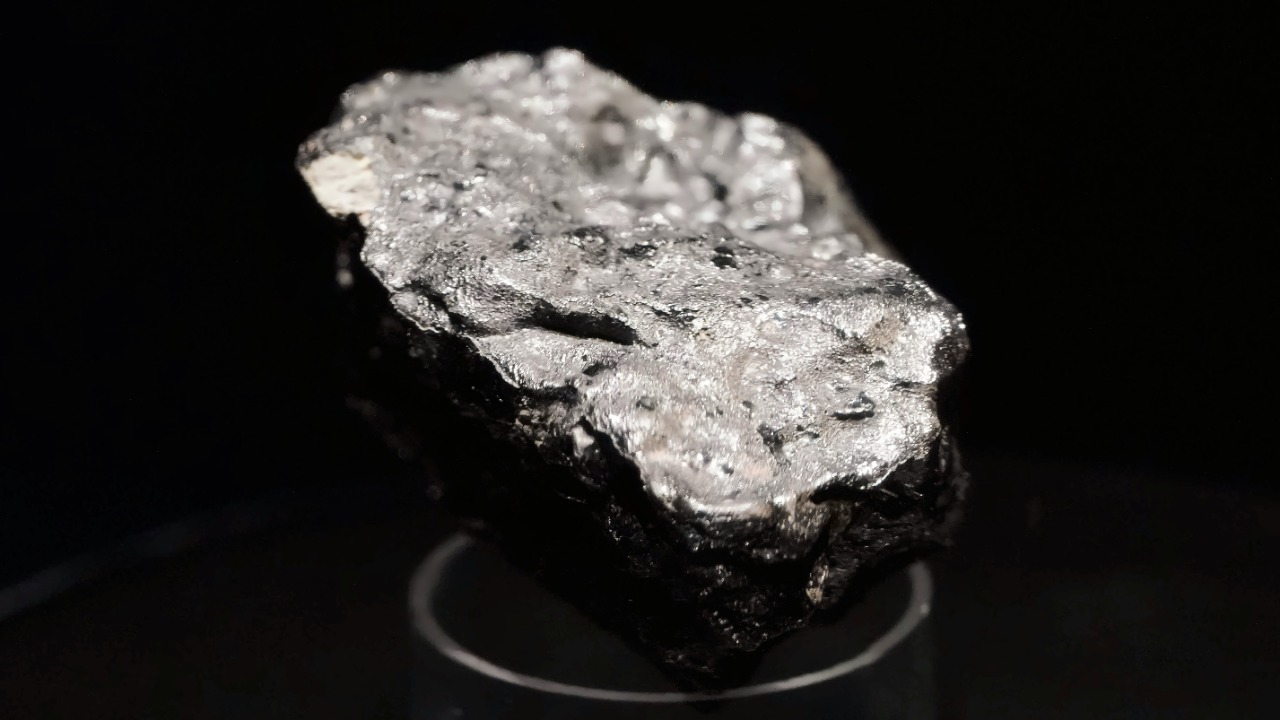
Scientists have recently unveiled a groundbreaking discovery: a metal that possesses the ability to repair itself. This innovation, which sounds like something straight out of science fiction, could revolutionize industries that rely heavily on metal materials. Through a series of experiments and studies, researchers have begun to understand the mechanisms behind this self-healing property.
The Discovery of Self-Healing Metal

The journey to discovering self-healing metal began with a series of meticulous research processes. Scientists conducted numerous experiments to observe the metal’s behavior under various stress conditions. The breakthrough came when researchers noticed that certain metal alloys exhibited a unique ability to mend microscopic cracks autonomously. This discovery was not just a fluke but a result of careful experimentation and analysis.
Key experiments demonstrated that when the metal was subjected to stress, it could spontaneously repair itself without external intervention. This was a momentous finding, as it opened the door to understanding how such a phenomenon could be harnessed for practical applications. The research was spearheaded by a team of scientists from leading institutions, including the University of Illinois, who were instrumental in unraveling this mystery.
Mechanisms Behind Self-Healing Properties

The scientific principles behind the self-repairing metal are rooted in its molecular and atomic interactions. When stress is applied, the metal’s atomic structure rearranges to close gaps and heal cracks. This is akin to biological processes where cellular mechanisms repair tissue damage. The metal’s ability to undergo such transformations without external stimuli is a testament to its advanced material properties.
Comparing this with self-healing mechanisms in other materials, such as polymers, provides insight into the diverse strategies nature employs for repair. While polymers rely on chemical reactions to heal, metals utilize their crystalline structure to achieve the same effect. This comparison highlights the potential of developing advanced materials inspired by both synthetic and natural processes.
Potential Applications and Industry Impact

The introduction of self-healing metal has the potential to transform several key industries. In the aerospace sector, for instance, this material could lead to the development of aircraft that are more resilient to wear and tear, thereby enhancing safety and reducing maintenance costs. Similarly, the automotive industry could benefit from vehicles that require less frequent repairs, thanks to the metal’s ability to self-repair minor damages.
Beyond these industries, self-healing metals could also have significant environmental benefits. By reducing the need for frequent replacements and repairs, the consumption of resources could be minimized, leading to less waste. This aligns with global efforts to promote sustainability and efficient resource utilization. Moreover, the construction industry could see a reduction in maintenance costs and an increase in the longevity of structures built with self-healing metals.
Challenges and Future Research Directions

Despite the promising potential of self-healing metals, there are several challenges that need to be addressed before they can be widely adopted. One significant hurdle is the current limitation in the scalability of producing these metals for commercial use. Additionally, researchers are working to enhance the speed and effectiveness of the self-repair process to make it viable for practical applications.
Ongoing research is focused on overcoming these challenges through interdisciplinary collaboration. By combining expertise from fields such as materials science, engineering, and chemistry, scientists aim to refine the properties of self-healing metals. Institutions like MIT are at the forefront of this research, striving to unlock the full potential of this revolutionary material.
Ethical and Social Implications

The advent of self-healing metals also raises important ethical and social considerations. One concern is the potential impact on employment, as the need for maintenance and repair jobs could decrease. This shift may necessitate retraining programs to help workers adapt to new roles in the evolving industrial landscape.
Moreover, public perception and acceptance of self-repairing technologies are crucial for their successful integration into society. As with any technological advancement, transparency and education will play key roles in gaining public trust. Ethical considerations, such as the responsible use and disposal of these materials, must also be addressed to ensure that the benefits of self-healing metals are realized without adverse consequences. Institutions like Stanford University are leading discussions on these topics to guide the ethical development and implementation of self-healing technologies.